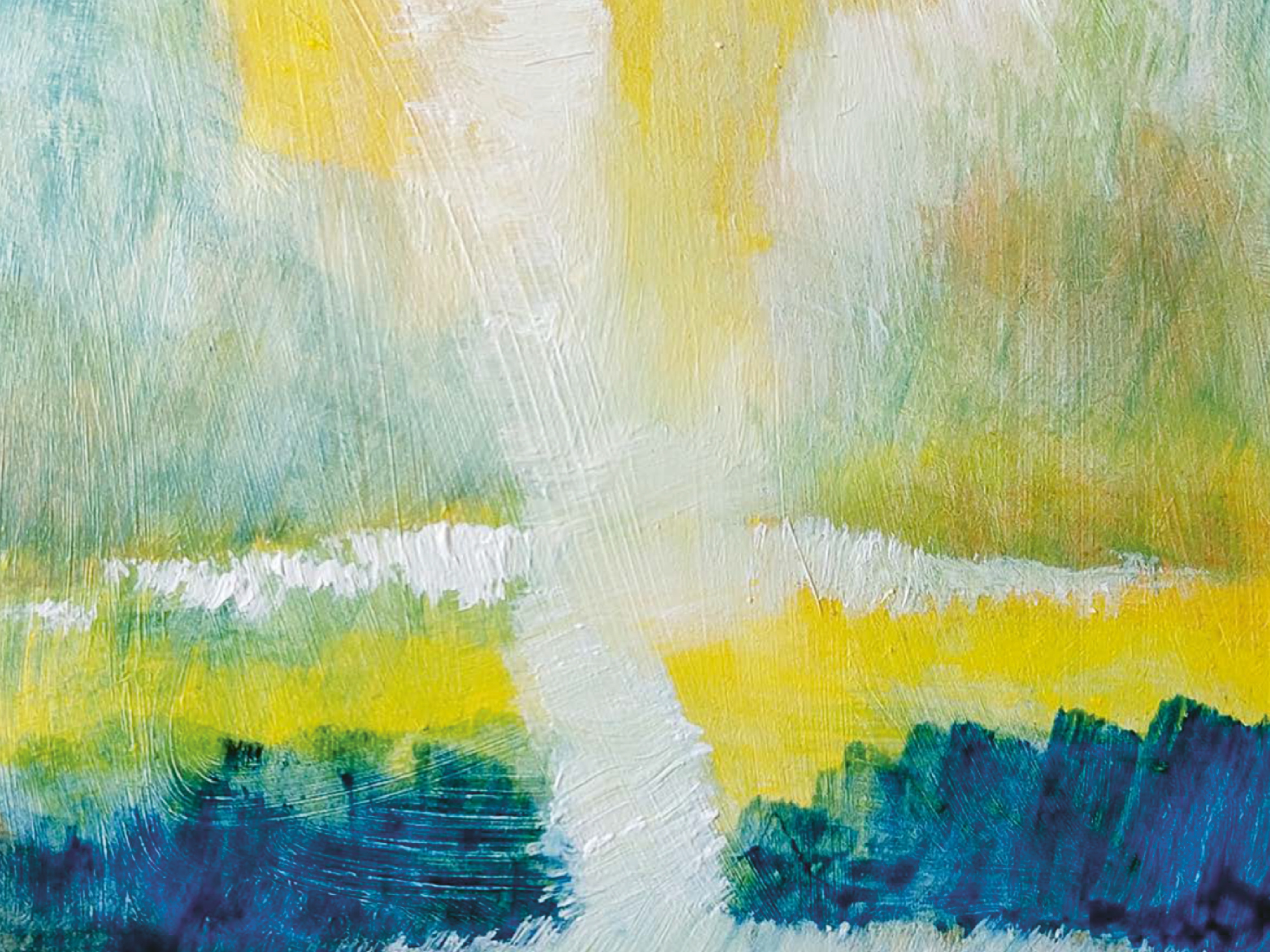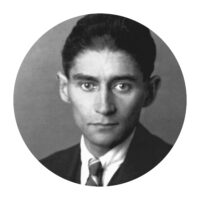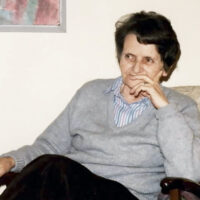In March, the fourth conference for studying the theory of the senses, “The I as Community—the Open Secret of the Upper Senses,” took place at the Goetheanum. This event of the Section for the Literary Arts and Humanities emerged from the Section’s ongoing research colloquium on Rudolf Steiner’s theory of the senses.
Approximately 70 people came together to talk about Rudolf Steiner’s highly original understanding of the three upper senses—the sense of speech, the sense of concept, and the sense of “I”—as part of the entire sensory organization of human beings.
In the introductory lecture, Jaap Sijmons emphasized the guiding principle that the human senses are capable of development. In particular, the three highest senses, which Rudolf Steiner defined as a cultural achievement, are dependent on our continual care. This is part of the developmental path—the development and care of the upper senses are of great importance for our time.
Renatus Ziegler then looked at the twelve senses from a highly differentiated perspective and illustrated the distinct roles that the lower, middle, and upper senses play in our physical, mental, and spiritual existence in the world. Steiner often used different terms for the upper senses, thereby highlighting different aspects of the phenomenon. It became clear that sensory events are not replicable in comparison to physical events. They arise from a presence that Ziegler describes, particularly in connection with the upper senses, as a performative act of turning to the sounds, thoughts, and “I” of the other. This makes it clearer why Steiner also described the upper senses as “social” senses. Experiences of these upper senses, therefore, cannot be produced technically nor communicated through technical media.
In the evening program, Jutta Nöthiger and Babette Hasler recited and performed pieces of modern contemporary poetry with humor and a spirit of experimentation. They also expanded the conference with artistic exercises.
AI and Humans
Edwin Hübner spoke about the increasingly sophisticated virtual reality creations, for example, through VR glasses like Apple Vision Pro, which are now considered authentic realities by those who experience them and by some philosophers. As part of a comprehensive historical examination of this trend, he elaborated on the differences between the perception of the world through our twelve senses and the experience of virtual realities. Virtual worlds threaten to increasingly replace sensory experiences, just as the spread of artificial intelligence could replace thinking. Without sensory experience, there is the danger of a breakdown of reality through the merging of real and virtual worlds. Since virtual experiences are based on solid sensory experiences, the possibility for virtual experiences would also diminish with the lack of basic sensory experiences. Escaping into a virtual reality means giving up responsibility for the world and leaving it to its fate. Since these technologies are developing rapidly, there is a need to create countermeasures which would require people to be educated and self-educated in the broadest sense. In this context, Edwin Hübner saw the anthroposophical path of development as a paradigmatic example of how this could happen.
Peter Lutzker described how the functioning of the organ for the sense of speech can be better understood in the light of linguistic-kinesthetic research. Today, the development of the speech sense must be seen in the context of the capabilities of artificial intelligence (for example, ChatGPT) in order to be able to perceive and recognize differences between human and artificial language. He referred to the Swiss language philosopher Max Picard, who distinguishes between the “word,” which can be experienced primarily in poetry, and everyday speech, the “word sound,” as well as Rudolf Steiner’s emphasis on the effect of what he called the linguistic-musical. The participants were able to experience this directly by comparing two texts read by speech formation artist Sabine Eberleh. One text was excerpted from the diary of artist Johannes Matthiessen, who was dying of cancer. The other text was from the same perspective but artificially generated using the ChatGPT algorithm. Using this comparison, Peter Lutzker highlighted the training of the sense of speech through exposure to texts such as those by Matthiessen, which come from the world of silence and are connected to it.
Sensual Significance
Karin Michael focused on the existential importance of the formation of the body and the bodily senses. Without these, the development of the higher senses would be inconceivable. She presented the formation of the body in a large cosmic context and outlined clearly the connection between conception, embryonic development, and birth and the resulting existential significance of early childhood experiences of the world through warmth, breastfeeding, and wrapping of the infant. There are essential connections between the development of the body through diverse sensory experiences and the internalization of experience and thus of learning. In a comprehensive sense, corporeality is ultimately the only way to bring reality and truth together.
Jaap Sijmons began by showing how the sense of concept, or sense of thought emerges from Rudolf Steiner’s early work. He then arranged various statements by philosophers in a circle of four opposing world views and linked them with the zodiacal forces. Different approaches to an understanding of the world resulted in different approaches to the sense of concepts. For example, according to Hans-Georg Gadamer’s “bull-like” rationalistic view, comprehension is a living process that is never complete. In this respect, the sense of concept always works with concepts that have already been acquired to thereupon form new concepts. For the “lion-like” sensualism of the late Ludwig Wittgenstein, a spiritual sense of concept could not exist at all—a new sensory consciousness would have to be acquired first, such as through Rudolf Steiner’s theory of the senses. In Arthur Schopenhauer’s “scorpion-like” dynamism, there is already direct speech from intellect to intellect, but only in the sense that we willfully grasp abstractions from the life of perception and exchange them. In Martin Buber’s “Aquarius-like” pneumatic religious view, on the other hand, the spiritual source of all speaking and understanding is recognized. With Rudolf Steiner, we trace how our conceptual organism becomes the organ for the thoughts of other people. Our concepts even longed for this and therefore made us social in the most eminent sense.
The Sense of “I” Begets the Social
Salvatore Lavecchia established connections between the activity of the sense of “I” and the spiritual nature of the self. He saw the activity of the “I”—of being able to make the perception of another “I” present within itself—as the archetype for all sensory perceptions. From this came the corollary of wanting to understand all sensory organs from the sense of “I” and to view every sensory activity as an approach to the sense of “I.” Such an understanding of the sense of “I” forms the basis for an understanding of the self as a communal, social being. It is the basis for human freedom and love. This image is polar to a self-absorbed image of the “I” as an entity closed off from other people and the world.
An enriching conference closed with these strong and dynamic images. The particular importance of a deeper understanding of Rudolf Steiner’s decades of intensive research into the senses, combined with the burning questions posed by the emergence of virtual and digital worlds and their effects on the development of the senses, gave the entire conference an atmosphere of extreme topicality and urgency. At the same time, important ideas and impulses emerged as to how these questions and challenges can be met today and in the future.
Translation Laura Liska
Image Event flyer





